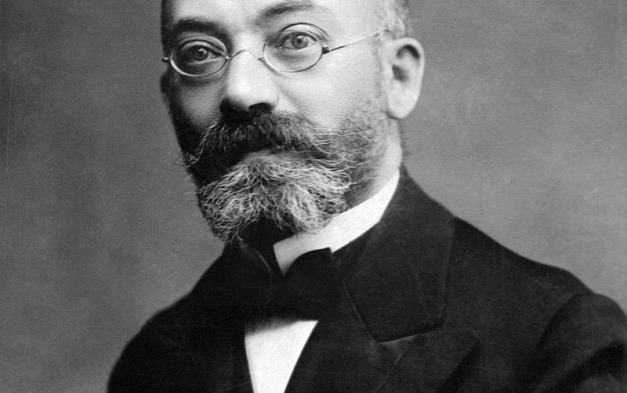Liudvikas Leizeris Zamenhofas
Esperanto kalbos kūrėjas Liudvikas Lazaras Zamenhofas (1859–1917) gimė Balstogėje (dab. Lenkija). Jo gimtajame mieste skambėjo daug kalbų: jis mokėjo lenkų, rusų, jidiš, hebrajų, vėliau išmoko anglų, prancūzų, lotynų, graikų ir vokiečių kalbas. L. L. Zamenhofo nuomone, daug skirtingų kalbų – žmonių nesusikalbėjimo priežastis, todėl jam kilo mintis sukurti dirbtinę kalbą, kuri gramatiškai turėjo būti paprastai išmokstama kiekvieno žmogaus. Kurdamas ją, L. L. Zamenhofas stengėsi rasti Europos kalbų žodžių, kurie daugelyje kalbų skamba panašiausiai.
Pirmoji esperanto kalbos versija, pavadinta Lingwe Uniwersala, baigta 1878 m. Varšuvoje, tačiau šie užrašai buvo sunaikinti. 1885 m. baigęs medicinos studijas, L. L. Zamenhofas persikėlė gyventi į Lietuvos miestelį Veisiejus, ten baigė kurti esperanto kalbą. Veisiejuose L. L. Zamenhofui pastatytas paminklas, o Kaune, iš kur kilusi jo žmona, jo vardu pavadinta gatvė.
Ludwik Lejzer Zamenhof (1859–1917), the founder of Esperanto, was born in Białystok, Poland. Raised in a multilingual environment, Zamenhof knew Polish, Russian, Yiddish and Hebrew, and later learned English, French, Latin, Greek and German. His linguistic exposure led him to believe that the presence of too many languages is the root cause for miscommunication and misunderstandings. To overcome this tension, Zamenhof was inspired to invent an artificial language that would be grammatically easy for everyone to learn and use. To create his new language,Zamenhof indentified words that sounded similar across many European languages.
He finished the first version of Esperanto, called Lingwe Uniwersala, in Warsaw in 1878. Unfortunately, his notes recording the first version have since been destroyed. After completing his medical studies in 1885, Zamenhof moved to the Lithuanian town of Veisiejai where he completed the Esperanto language. A monument to Zamenhof has been erected in Veisiejai, and a street has been named after him in his wife’s hometown Kaunas.
